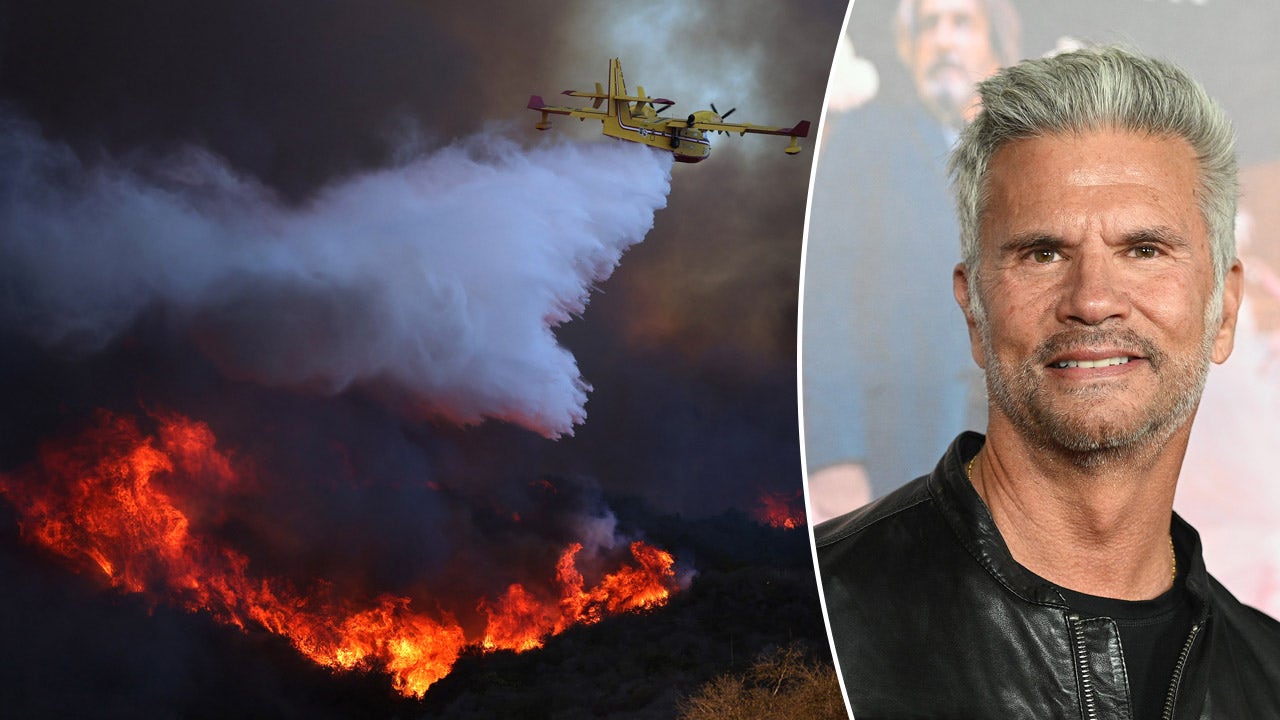California’s Wildfires: Analyzing Lorenzo Lama’s Bold Accusation on State Preparedness
Wildfires in California have become an annual crisis, wreaking havoc on communities, ecosystems, and economies alike. As flames engulf vast stretches of land, the question of preparedness looms large over state officials and residents. Recently, Lorenzo Lama, a seasoned environmental analyst, has made headlines with his scathing critique of California’s wildfire readiness, labeling it “absolutely despicable.” This article delves into his bold accusations, the implications of such claims, and the broader context surrounding wildfire management in the Golden State.
The Context of Wildfire Preparedness in California
California’s geography and climate make it particularly susceptible to wildfires. The state is characterized by a unique combination of dry, hot summers and wet winters, leading to an abundance of vegetation that can easily ignite. Over the years, the state has faced increasingly severe wildfire seasons, with the last few years breaking records in terms of acreage burned and homes destroyed.
In 2020 alone, California witnessed over 4.3 million acres scorched by wildfires, prompting a state of emergency in multiple regions. The emotional toll on communities forced to evacuate, coupled with the economic impact of lost homes and businesses, underscores the urgency of effective wildfire management.
Lorenzo Lama’s Critique: A Closer Look
Lama’s accusations stem from a perceived lack of adequate preparation and response strategies from state officials. According to him, the failure to implement comprehensive wildfire management plans is a direct threat to public safety. He argues that despite increasing funding and resources allocated to fire prevention, California remains ill-equipped to handle the scale of recent wildfire seasons.
Key points from Lama’s critique include:
- Inadequate Infrastructure: Lama points out that many rural areas lack the necessary infrastructure, such as firebreaks and access roads, to effectively combat wildfires.
- Insufficient Staffing: He emphasizes that fire departments across the state are often understaffed, particularly during peak wildfire seasons when the demand for resources surges.
- Delayed Response Times: According to Lama, the existing response strategies are reactive rather than proactive, resulting in delayed action when fires break out.
These claims resonate with many Californians who have experienced firsthand the devastation of wildfires and the challenges of evacuation and response efforts.
The Broader Implications of Lama’s Claims
The implications of Lama’s accusations extend beyond mere criticism; they evoke a sense of urgency for reform in wildfire management strategies. If California’s preparedness is indeed lacking, the consequences could be dire, impacting not only residents but also wildlife and the environment.
Some potential consequences of inadequate wildfire preparedness include:
- Increased Loss of Life and Property: As fires become more frequent and intense, the risk to human life and property escalates.
- Environmental Degradation: Wildfires contribute to soil erosion, loss of biodiversity, and air pollution, further exacerbating climate change.
- Economic Strain: The financial burden on state resources increases with each wildfire season, diverting funds from other critical areas such as education and healthcare.
Responses from State Officials
In light of Lama’s accusations, some state officials have defended California’s wildfire preparedness efforts. They argue that while challenges exist, significant strides have been made in recent years to enhance wildfire management. For instance:
- Increased Funding: The state has allocated billions of dollars toward wildfire prevention efforts, including vegetation management programs and emergency response services.
- Community Awareness Programs: Initiatives aimed at educating residents about fire safety and preparedness have been launched, empowering communities to take proactive measures.
- Technological Advancements: The use of technology, such as satellite monitoring and fire prediction models, has improved situational awareness and response capabilities.
While these efforts are commendable, critics argue that they are not enough to keep pace with the escalating severity of wildfires. The challenge remains to not only implement effective strategies but also to ensure that they are adequately funded and staffed.
Looking Ahead: The Path to Improved Preparedness
As California grapples with the reality of wildfires, the need for a multifaceted approach to preparedness becomes increasingly clear. Here are several strategies that could enhance the state’s wildfire management:
- Community Engagement: Encouraging local communities to participate in fire prevention efforts can foster resilience and a sense of responsibility.
- Investment in Technology: Continued investment in predictive technology and early warning systems can improve response times and resource allocation.
- Policy Reform: Advocating for policy changes that streamline funding and resource distribution can ensure that fire departments are equipped to handle emergencies effectively.
Conclusion
Lorenzo Lama’s bold accusations regarding California’s wildfire preparedness have sparked a necessary conversation about the state’s readiness to face increasingly severe wildfire seasons. As the climate continues to change and the threat of wildfires looms larger, it is imperative for California to assess and enhance its wildfire management strategies. Through community engagement, technological investment, and policy reform, the state can work toward a future that prioritizes safety and resilience for all its residents. Only with a comprehensive and proactive approach can California hope to mitigate the devastating impact of wildfires and emerge stronger in the face of adversity.
See more Your Daily Weather



